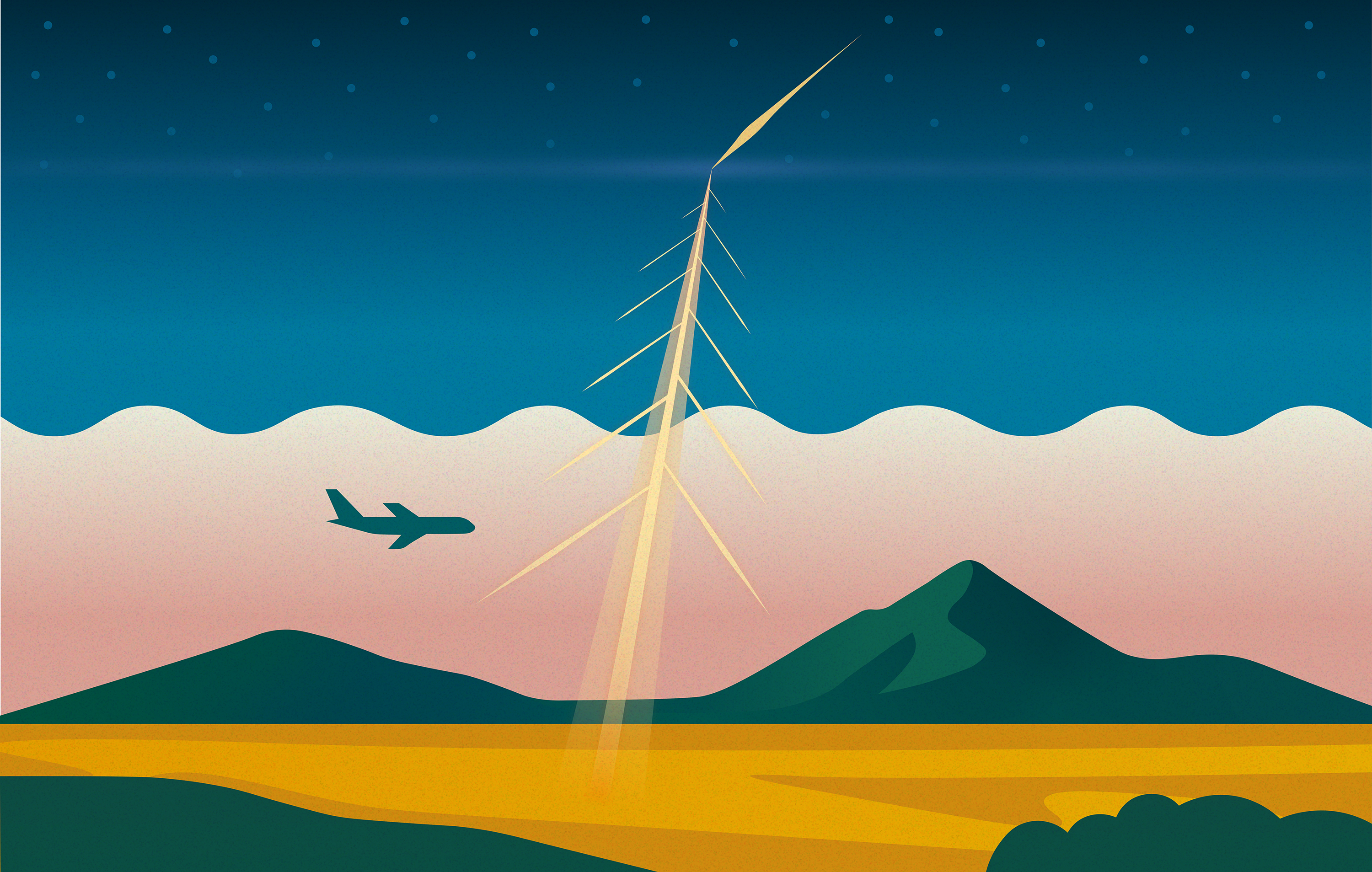Research Skills are Life Skills
Los Alamos scientists offer summer internships, paving the road to research careers for the next generation.
- Eleanor Hutterer, Editor

Download a print-friendly version of this article.
“Students can be very effective when you put a bunch of them together and challenge them,” says Mark Galassi, a Los Alamos astrophysicist and computer scientist. He should know. He started his 32-year Lab career as a student himself. During that time, Galassi has worked to provide students with the same opportunities he received, fostering their careers in research. Maybe most impactfully, over the past 20 years, he and several collaborators have built a pipeline for preparing the next generation of researchers.
Research skills are life skills, and that’s why it’s important to reach people when they’re young. “Research isn’t only for STEM fields,” he explains. “It is for broad intellectual preparation. It’s critical thinking and knowing how to ask the next question to know if you’ve really understood something. It’s vital for art, philosophy, history, language, and citizenship.”

The pipeline Galassi and colleagues have built connects interested students to age- and skill-appropriate opportunities to train them in the ways of research, particularly by way of computing. The pipeline is curated by the nonprofit Institute for Computing in Research. It includes free workshops, classes, and working groups, and culminates in paid summer internships. Although the COVID-19 pandemic moved many of the Institute’s activities online, the summer internships remain in person and are available in three locations: Santa Fe, New Mexico; Portland, Oregon; and Austin, Texas. Students in these locations can be paired with a mentor at a local research institution, and Galassi is one of roughly 20 Los Alamos scientists involved in the program.
So far, 116 students have participated in the Institute’s summer internships, and Santa Fe High School senior Logan Moore is one of them. Two years ago, Moore attended a presentation at his school where Galassi spoke about research opportunities for students. Moore joined some of the workshops and classes, and then, in the summer of 2023, he did a four-week paid internship with the Institute, working with a theoretical biologist at Los Alamos. After a pivot toward physics, Moore is now doing a second internship, working directly with Galassi, and is solidly on track to a career in research. “I was always interested in STEM, but in a vague way, nothing concrete,” he says. “Now I’ve seen the day-to-day general practices that make research interesting and fun.” Moore plans to major in physics in college and then pursue a physics Ph.D.
Also working with Galassi is Daniel Huantes, a post-baccalaureate student who is interning at the Lab between college and graduate school. “The other students I’ve encountered here have all been incredibly competent, especially in computing,” says Huantes. “Being here has helped me become a much more proficient programmer.” Unlike Moore, Huantes didn’t come to Galassi through the research pipeline. He answered a job ad for a different job and Galassi recruited him.

Both Huantes and Moore are working with Galassi on an ambitious project called Diorama that simulates, in careful detail, the physics of the near-Earth space environment. “They, along with a handful of summer students, have carried the project forward in a remarkable way,” Galassi says. “They developed and validated the physics further, ported the massive half-a-million-line code base to new architectures, and automated many of our processes.”
Whether a student comes through the pipeline or not, Galassi’s only requirements are that they have a strong interest in the kinds of research being done at the Lab and a commitment to developing software with the most advanced principles and tools.
“It just works,” he says. “While many of the more senior scientists here spend much of their time in meetings, this young crowd simply collaborates to produce good work all day.” Unlike other places, where coursework is included in an internship, the Los Alamos student tradition places full focus on research.
“I’ve been in Los Alamos for 32 years, and I still love every minute of the work I do,” Galassi says. “A big part of this is due to the people who influenced me intellectually. I want to pass that on.”

People also ask
- When to apply for summer internships: The Institute for Computing in Research begins accepting applications in the fall for the following summer.
- How do I find a summer internship? Some tips for finding summer internships include starting your search early, utilizing your school’s career center, tapping into your professional network, tailoring your resume.








